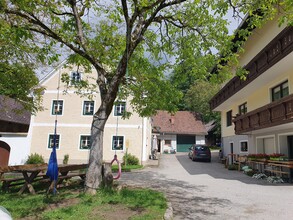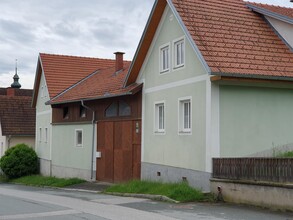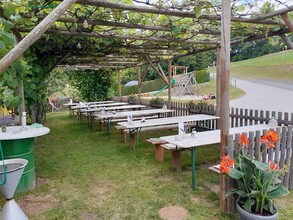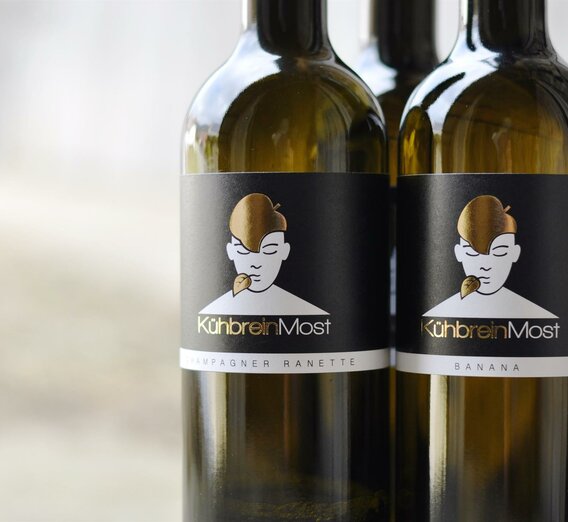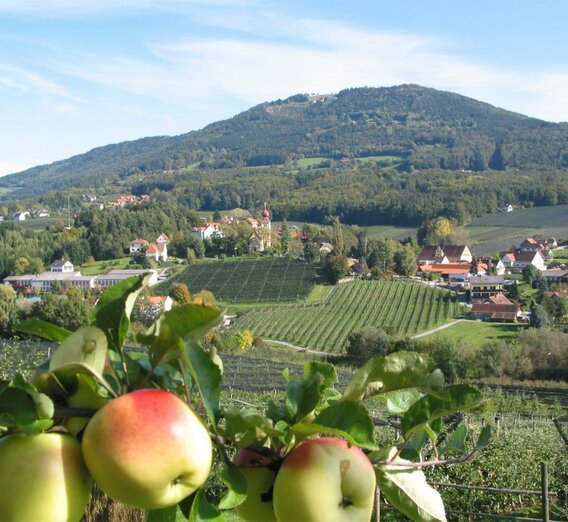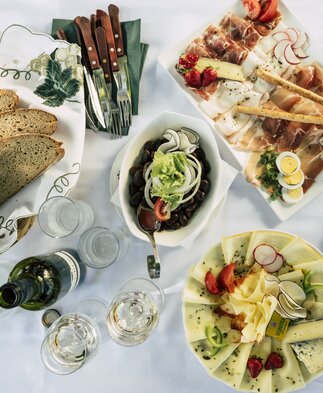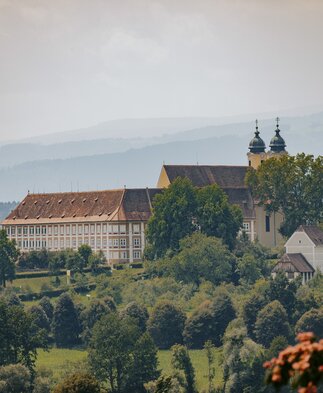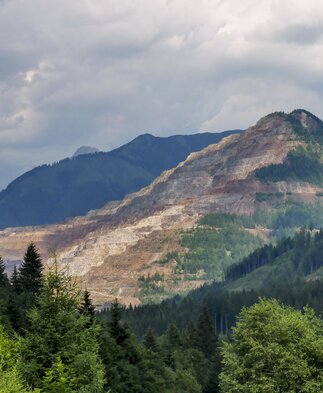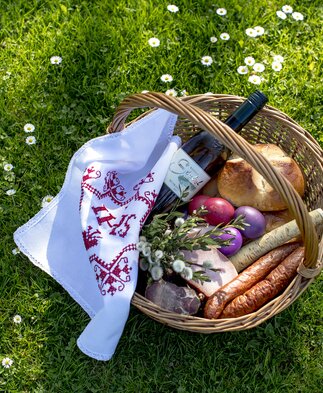

Cider taverns in Styria
Cider is one of the oldest forms of fruit wine and is deeply rooted in many Central European regions, particularly in Austria, Germany and Switzerland. It is made by fermenting fruit juice, usually from apples or pears.
The taste of cider varies considerably depending on the region and production method - it can range from sweet and fruity to tart and sour. Cider from Styria also has its own special features. Here are some of these, which are also contributing to the fact that the traditional drink is currently experiencing a real revival:
- Varietal diversity & terroir: In Styria, cider is mainly made from old apple and pear varieties that thrive in the fertile soils. The climatic conditions - from alpine influences to warmer southern locations - ensure a distinctive aroma.
- Traditional production: In Styria, must is often produced in the traditional way: The fruit is pressed after the harvest and the resulting juice ferments spontaneously with wild yeasts. This produces musts that are particularly full of character and natural.
Difference to other regions: While in Upper Austria and Lower Austria, strong, tart musts are often more common, Styrian cider is often characterized by a fruity and tangy note. Pear cider is particularly popular here. - Variety of products: In the Grünes Herz, cider is not only traditionally drunk as “Steirischer Most”, but is also processed into more noble varieties such as “Premium-Most” or “Schaum-Most” (similar to a cider). Some cider farmers also mature their musts in wooden barrels.
- Culinary significance: Styrian cider is a popular drink in wine taverns and is traditionally served with regional delicacies such as a Brettljause or a Käferbohnensalat specialty. It is particularly popular in local gastronomy during the “cider season” in spring and fall.
- Right on trend ... cider: In addition to cider, Styrian cider is also becoming increasingly popular. Cider is a finely balanced mixture of fruit wine and fruit juice and has an alcohol content of a maximum of five percent by volume; the carbon dioxide has a pleasantly refreshing effect.
Like white wine, must and cider are best drunk chilled - the optimum temperature is between ten and 14 °C. Sparkling cider can also be drunk cooler.
What is Steirermost (STM)?
Steirermost - The most outstanding ciders in Styria
Seven must producers in Styria have committed themselves to a common goal: To produce cider to the very highest quality and sustainability criteria and bring it into the glass. The STM companies' approach to quality ranges from cellar technology and sensory evaluations to sustainability criteria that extend to every last corner of our orchards.
- Quality: In addition to the legal regulations for quality fruit wine, an STM operation must also pass preliminary tastings.
- Sustainability: STM works in close contact with nature. All STM operations are therefore committed to the following sustainability criteria:
- Measures to promote biodiversity in the orchard (flower strips, insect hotels, etc.)
- Measures to preserve old apple varieties
- Commitment to regionality - use of 100% Styrian apples
- Diversity: The STM farms extend from the Murtal adventure region to the Thermen- & Vulkanland region. Different climatic conditions and different soils ensure the unique characteristics of STM products.
- Old varieties: cultivating old apple varieties and experimenting with new ones. The STM farms are committed to the cultivation and development of old, traditional apple varieties. Old apple varieties are, to a certain extent, cultural assets from past generations that are ideal for the production of ciders with a strong character.
